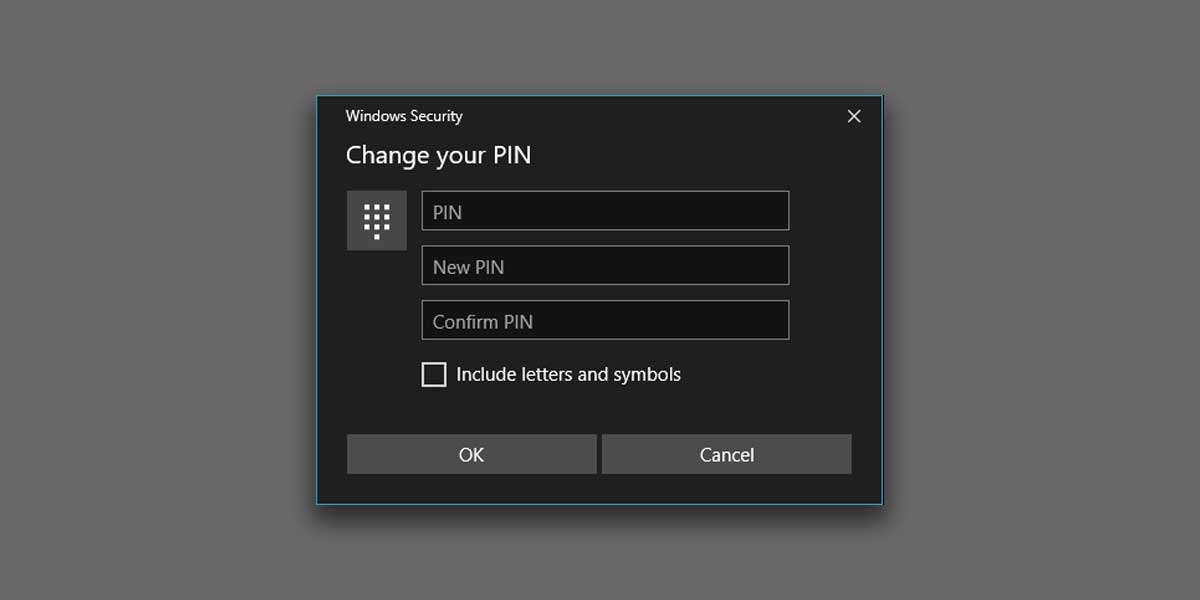


Where things get a lot more interesting for me are the changes that Microsoft is expected to make to security options. The Windows 10 20H1 update will likely bring with it a whole bunch of feature tweaks impacting everything from Cortana to Bluetooth connectivity and improvements to Notepad. Upping the surprise stakes, however, is the realization that the next incarnation of Windows 10, currently known to insiders as 20H1 or 2004, and which might well still reach ordinary users this month, wants you to replace passwords with PINs. When, on March 24, Microsoft announced that it was pausing all optional, cumulative, non-security updates to Windows 10 from May 2020, that raised a few eyebrows, but nothing more. On March 10, Microsoft corporate vice-president, Yusuf Mehdi, announced that more than one billion people were using Windows 10.


 0 kommentar(er)
0 kommentar(er)
